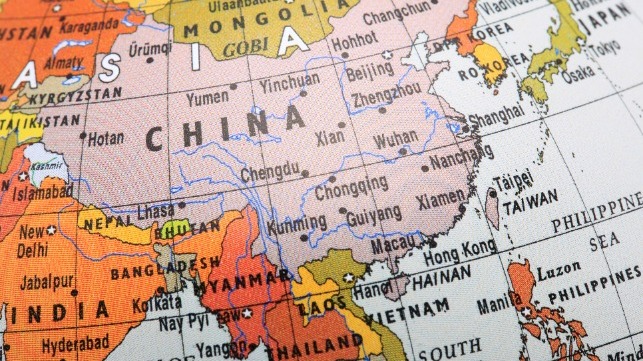U.S. and China: Strategic Concerns in the East and South China Seas

Over the past several years, the South China Sea (SCS) has emerged as an arena of U.S.-China strategic competition. China’s actions in the SCS—including extensive island-building and base-construction activities at sites that it occupies in the Spratly Islands, as well as actions by its maritime forces to assert China’s claims against competing claims by regional neighbors such as the Philippines and Vietnam—have heightened concerns among U.S. observers that China is gaining effective control of the SCS, an area of strategic, political, and economic importance to the United States and its allies and partners. Actions by China’s maritime forces at the Japan-administered Senkaku Islands in the East China Sea (ECS) are another concern for U.S. observers. Chinese domination of China’s near-seas region—meaning the SCS and ECS, along with the Yellow Sea—could substantially affect U.S. strategic, political, and economic interests in the Indo-Pacific region and elsewhere.
Potential general U.S. goals for U.S.-China strategic competition in the SCS and ECS include but are not necessarily limited to the following: fulfilling U.S. security commitments in the Western Pacific, including treaty commitments to Japan and the Philippines; maintaining and enhancing the U.S.-led security architecture in the Western Pacific, including U.S. security relationships with treaty allies and partner states; maintaining a regional balance of power favorable to the United States and its allies and partners; defending the principle of peaceful resolution of disputes and resisting the emergence of an alternative “might-makes-right” approach to international affairs; defending the principle of freedom of the seas, also sometimes called freedom of navigation; preventing China from becoming a regional hegemon in East Asia; and pursing these goals as part of a larger U.S. strategy for competing strategically and managing relations with China.
Potential specific U.S. goals for U.S.-China strategic competition in the SCS and ECS include but are not necessarily limited to the following: dissuading China from carrying out additional base-construction activities in the SCS, moving additional military personnel, equipment, and supplies to bases at sites that it occupies in the SCS, initiating island-building or base-construction activities at Scarborough Shoal in the SCS, declaring straight baselines around land features it claims in the SCS, or declaring an air defense identification zone (ADIZ) over the SCS; and encouraging China to reduce or end operations by its maritime forces at the Senkaku Islands in the ECS, halt actions intended to put pressure against Philippine-occupied sites in the Spratly Islands, provide greater access by Philippine fisherman to waters surrounding Scarborough Shoal or in the Spratly Islands, adopt the U.S./Western definition regarding freedom of the seas, and accept and abide by the July 2016 tribunal award in the SCS arbitration case involving the Philippines and China.
The issue for Congress is whether the Administration’s strategy for competing strategically with China in the SCS and ECS is appropriate and correctly resourced, and whether Congress should approve, reject, or modify the strategy, the level of resources for implementing it, or both. Decisions that Congress makes on these issues could substantially affect U.S. strategic, political, and economic interests in the Indo-Pacific region and elsewhere.
This excerpt appears courtesy of CRS, and the report may be found in full here.
The opinions expressed herein are the author's and not necessarily those of The Maritime Executive.
